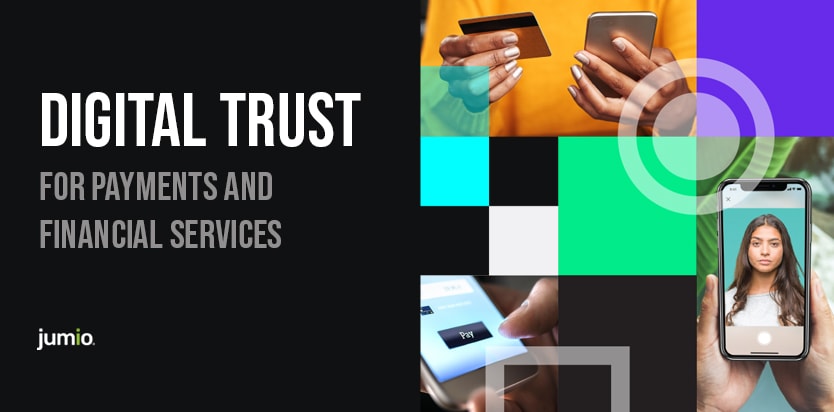
Did you know that in 2020, 84% of businesses in Asia Pacific reported losses in revenue due to payment fraud? Or that synthetic identity theft is growing despite strong Know Your Customer (KYC) practices — because, to date, there has been no efficient way to uncover this type of fraud?
Thanks to the rise of mobile technology, automation and other contactless payment methods, identity verification has become a top challenge for businesses and financial institutions. As there is no need for human engagement, passwords or signature authorization, stolen credentials or even devices loaded with contactless cards can be used to make fraudulent transactions.
A Perfect Storm
Without a doubt, the pandemic has accelerated digitalization, which has delivered productivity benefits as well as great online customer experiences. But in its wake, the digital revolution also created new vulnerabilities for cybercriminals to capitalize on.
Yet recent research found that nearly one-third of businesses in Asia Pacific focus on revenue generation rather than fraud detection efforts. The findings concluded that failure to invest in fraud protection results in not just financial losses, but also a loss in customer trust—something even more difficult to regain once gone, said the research.
In Jumio’s Digital Identity in 2022 Global Consumer Research, two-thirds of consumers polled said they were more likely to engage with a financial services business if it had robust identity verification in place. However, only one-third of consumers believe their bank has implemented more online identity verification checks since the pandemic to protect them against online fraud and identity theft.
While security is a top priority for most consumers when choosing a financial app, they are expecting a fast and seamless online experience. Half (49%) of Singaporeans surveyed will abandon the online process when it becomes too complicated, and this increases as age declines.
So how can businesses and financial institutions counteract the growing threat of identity fraud, while still making the right moves with identity authentication that will optimize customer experience and protection?
Getting It Right from the Start
The first step is to ensure a robust electronic Know Your Customer (eKYC) process that will transform manual KYC, Anti-Money Laundering (AML) and customer onboarding processes into a fast, accurate and secure online approach.
Incorporating biometric authentication technology, in addition to database checks during the digital onboarding process, can help to enhance security and establish the trusted identity of the online user.
KYC doesn’t stop at onboarding. Daily transaction screening and ongoing monitoring of both new and existing customers will be critical to stay ahead of cybercriminals, and for digital payment compliance. Having highly accurate and proactive monitoring solutions enables real-time interdiction of suspicious transactions and for appropriate action to be taken quickly.
Businesses that are going international will also need to deal with different customer due diligence standards and workflows for cross-border payments. A flexible platform that allows customization of the compliance workflow and underlying technologies based on the business landscape and requirements is recommended.
Taking the Heavy Lifting out of Business’ Hands
This is why more companies are now turning to end-to-end identity proofing and AML platforms with orchestration.
Integrating multiple solutions in a single platform with orchestration capabilities helps businesses improve productivity, achieve flexibility as the business expands, and adapt quickly to the fast-changing business and regulatory landscape.
Gartner, in its Market Guide for Identity Proofing and Affirmation, projects that by 2023, 75% of organizations will turn to a single vendor with strong identity orchestration capabilities and connections to many other third parties for identity proofing and affirmation. This would be a leap forward from fewer than 15% in 2020.
To learn more about the vital requirements and strategies for financial compliance and why orchestration is central to managing multiple KYC workflows dynamically, check out our latest guide, The Key to Digital Payment Compliance in APAC.

